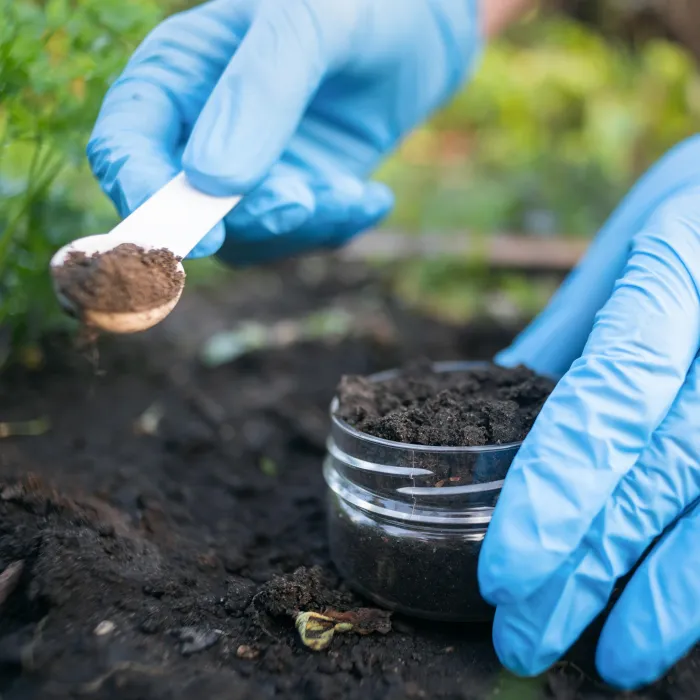Soil and water contamination tests
Soil and water contamination tests
Soil and water contamination testing is a service for professional investors that helps make accurate investment decisions and minimize the costs associated with implementing investments in a given land. Most often, contamination testing is carried out to the extent necessary for the implementation of construction investments, when examining the impact of facilities and installations on the environment, when using anthropogenic soil for the construction of embankments and when performing land reclamation. The tests show whether we are dealing with historical contamination. Geotest specializes in implementing such projects throughout Europe.


We specialize in advanced soil and water testing
We have been testing soil and water contamination since 1990. We have gathered unique knowledge and experience, and above all, we have created a well-coordinated team of professionals. Our work is carried out under the supervision of Krzysztof Traczyński and Michał Grela, experts with over 30 years of experience in the geotechnical industry. We have performed soil tests for the largest construction companies and hundreds of individual clients.
Expertise
nearly 10000 completed projects
Experience
30+ years in the industry
Team
30+ consultants
Quality
4000+ environmental samples tested per year

Methods of testing soil and water contamination
We conduct soil and water contamination tests by taking samples in the field and then determining the concentration of selected substances in accredited laboratories. We usually make two determinations from one test hole, the first sample comes from the subsurface layer, and the second from a depth of several meters.
Soil and water contamination tests performed by our company are carried out only in accredited laboratories.
Accreditation of laboratories is an EU method of ensuring the quality of tests. Quality certificates confirm that the laboratory meets the requirements of the international standard PN-EN ISO/IEC17025 2005: "General requirements for the competence of research and calibration laboratories".
Order a soil and water contamination test
To order a contamination test, contact us by phone or e-mail.
Order a test